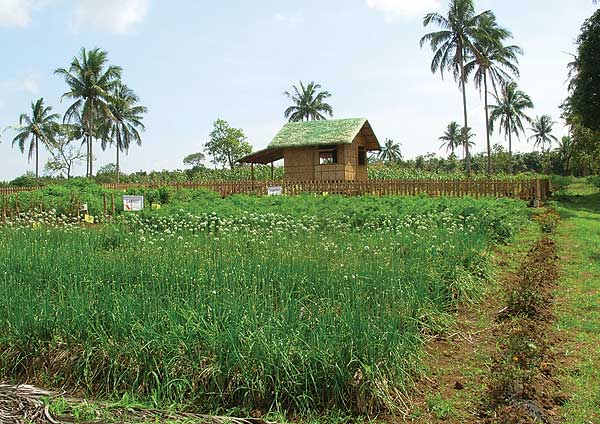
By Ajarn Helen Jandamit
Photos courtesy of Bangkok Post
University Tips is here to help you prepare for the English exams and tests that are coming your way. It gives you practise answering questions similar to those you may have at school and also on the University Entrance Examination.
Read the following story by Normita Thongtham from the Bangkok Post. Then, answer the questions that follow.
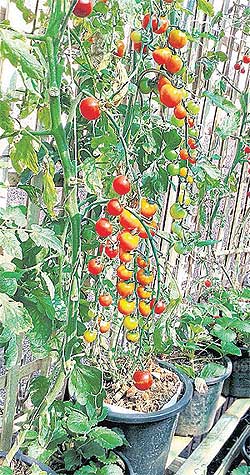
Readers may have heard of His Majesty the King’s por piang (self-sufficiency) economy for farmers, which advises that a farmer’s land be divided four parts — 30% for a pond or water reservoir, 30% for a rice field, 30% for vegetables and fruit and 10% for a residential area. This and similar ideas are being put into use from Phayao to California.
HEALTHY COEXISTENCE
According to the King’s theory, if farmers have water they will be able to grow enough rice, fruit and vegetables to feed their families, and may even have surplus to sell. If there’s enough food, family members need not leave their homes to find employment elsewhere. And if they are able to support themselves, then they won’t have to destroy nature in order to make a living, so man and nature can coexist together in a healthy ecological system.
CALIFORNIA DREAMING
Jules Dervaes, 63, lives in Pasadena, California, and has never heard of the King’s theory. But his Urban Homestead project is a perfect example of self-sufficiency. Each year he and his children grow different varieties of vegetables and fruits in their backyard, just 15 minutes from downtown Los Angeles. They produce all the food they need, with plenty left over to sell, on less than 400 square metres of land, or less than one-tenth of a rai.
Ten years ago he started growing his family’s food himself. “In the beginning I didn’t really believe I could do it,” he said. “I thought this place is too small, there’s no way we can feed ourselves. I never thought we could grow vegetables for the market.”
FAMILY AFFAIR
Soon the small farm became a family endeavour, with his two daughters and son helping. Younger daughter Jordanne raises chickens and ducks, which lay eggs and keep the insect pests in check. Son Justin takes care of the plants, and he’s also the beekeeper. Eldest daughter Anais prepares the family’s vegetarian meals and makes pickled peppers, jams and tomato sauce.
Their crops are organic and people like to buy food from them. The family earns enough money from their front porch sales to buy food they can’t grow, like flour and rice.
SMALL SCALE
In Phayao, a retired civil servant, Kusak Sukching, uses the narrow strip of land between his fence and the lane alongside his house as his garden. He planted it with lemongrass, basil, okra and butterfly pea.
Exercises
Section 1
Read the story and answer the following multiple-choice questions.
1. Where does Jules Dervaes live?
a. California.
b. Pennsylvania.
c. Texas.
2. How old is Jules?
a. He is in his 50s.
b. He is in his 60s.
c. He is in his 70s.
3. Based on the self-economy assumption, a pond or water reservoir accounts for ______________ of a farmer’s land.
a. 4.5%
b.10%
c. 30%
4. According to the self-sufficiency theory, which of the following is NOT true?
a. Farmers are encouraged to rent a land to grow rice, fruit and vegetables.
b. If there’s sufficient food, family members won’t have to leave their homes to find a job somewhere else.
c. When people can support themselves, they won’t have to destroy nature to make a living.
5. Land can be divided into _________ parts, according to the self-sufficiency economy.
a. four
b. five
c. six
6. According to the author, whose project is a perfect example of self-sufficiency?
a. Kusak Sukching’s vegetable garden.
b. Jules Dervaes’ Urban Homestead project
c. Anais Dervaes’ vegetarian meals.
7. When did Jules start growing his family’s food himself?
a. Five years ago.
b. 10 years ago.
c. 15 years ago.
8. Who is Kusak Sukching?
a. He is a teacher.
b. He is a market owner.
c. He is a retired civil servant.

Section 2
Specify whether each of the following statements is true or false.
9. Jules has no children.
……….
10. Anais is Kusak’s eldest daughter.
……….
11. Jules’ crops are organic.
……….
12. Kusak lives in Chiang Mai.
……….
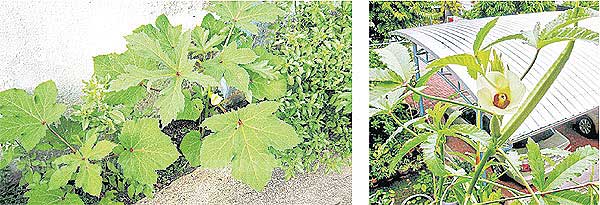
Section 3
Read each of the following sentences and underline the grammatically correct words in each from the choices given.
13. Somsri has never heard at/in/of the story.
14. Cabbages are very easy to grow with/to/in the ground.
15. A few years ago, she started growing her family’s food himself/herself/themselves.
Section 4
Fill in the blanks in the following passage with the correct words from the choices given.
For condominium …..16….. who do not have a yard, lemongrass, basil, okra and eggplant can be …...17….. in containers and placed on your balcony, if …..18….. have one. Just make …..19….. they get at …..20….. five hours of sun a day.
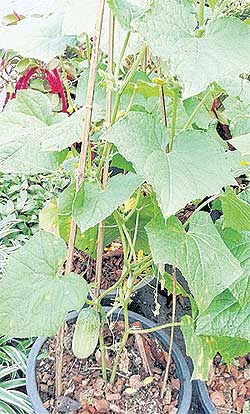
16.
a. dwellers
b. travellers
c. living
17.
a. grow
b. growing
c. grown
18.
a. they
b. you
c. one
19.
a. surely
b. unsure
c. sure
20.
a. least
b. more than
c. less
Section 5
Write down the adjective forms of the following words used in the story.
21. varieties ……………….
22. produce ……………….
23. advises ……………….
24. really ……………….
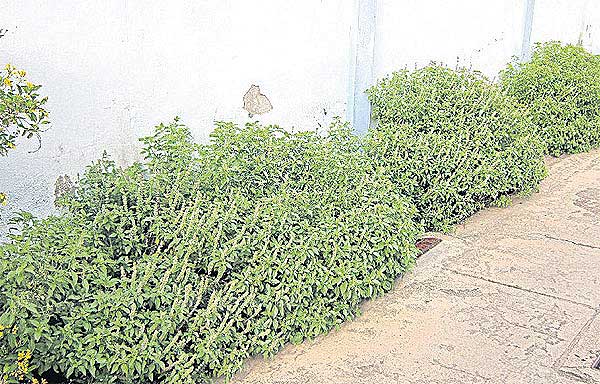
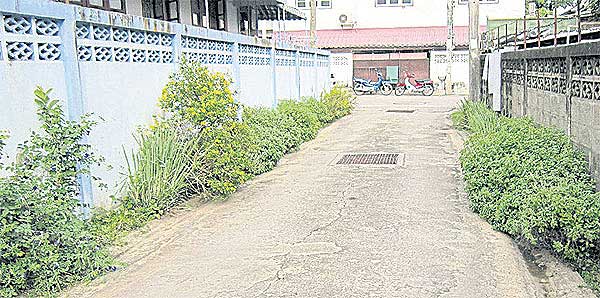
Vocabulary
- reservoir (n): a natural or artificial lake where water is stored before it is taken by pipes to houses
coexist (v): to exist together in the same place or at the same time, especially in a peaceful way
ecological (adj): connected with the relation of plants and living creatures to each other and to their environment
endeavour (n): an attempt to do something, especially something new or difficult


